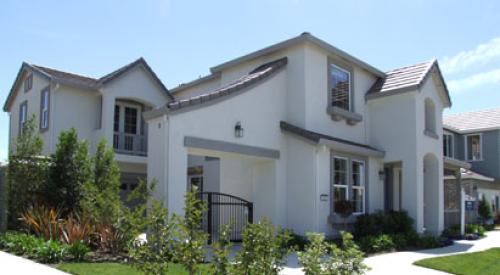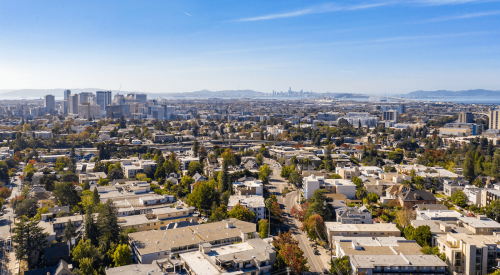While older Millennials entering homeownership are moving into the suburbs, young adults are steadily increasing in urban areas. According to the Joint Center for Housing Studies of Harvard University, Millennials helped accelerate the urban revival. City centers experienced a resurgence in recent years, with Millennials leading the trend. Now, as Millennials enter their 30s and 40s, many see their urban impact has started to dwindle, spurring questions about the urban exodus and loss of a momentum. But the top 50 metros show an increase in the share of late Millennials, those born between 1991 and 2000.
The paper also examines how population distribution has changed in the top 50 MSAs, between urban and suburban neighborhoods. To determine this, I analyzed the share of the top 50 MSA residents within a one, three, and ten mile radius from city centers, by age or generational group. While the share of residents of all ages in urban areas slightly declined in 2006–2019, consistent with recent reports, the urban share increased among young adults (25–34 and 35–44), suggesting that their demand for urban living has not substantially changed.
Otherwise, the urban share of early millennials, who were 16–25 in 2006 and 29–38 in 2019, grew rapidly from 2006–2010 and plateaued until 2015, after which it gradually fell as they began to migrate to the suburbs (10+ miles from city centers). However, the urban presence of the late millennials has increased as they aged from 6–15 to 19–28 years during the period. Therefore, it’s true that the oldest millennials are moving away from cities, but an increasing number and share of young adults, including many late millennials, could be found in those urban centers at the same time.













